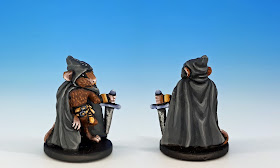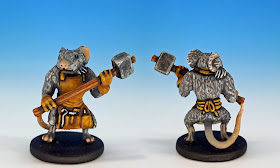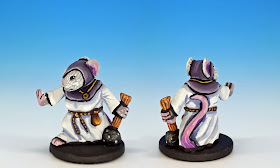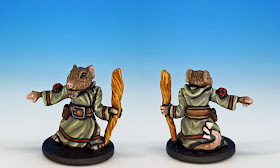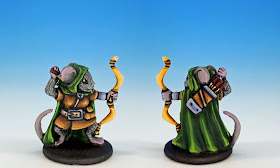I've just posted a recording of one of my favourite stories, Chu-Bu and Sheemish, read by one of my favourite actors, Vincent Price. The story is originally from Lord Dunsany's 1912 collection of short stories, The Book of Wonder. Thankfully for lovers of witty imaginative fiction, this collection widely available both online and in print. But the audio-recording by Vincent Price is a different matter. It exists only in a rare LP record released in 1982 which (to my knowledge) has never been reprinted or posted on the web.
A few months ago I managed to lay my hands on a copy, and I didn't want to keep all the fun to myself. So here it is on YouTube:
And if you want to download it, here is a link to an MP3. (Many thanks to my friend Nathan for helping me digitize the recording from the LP).
If you're wondering who Lord Dunsany was, I can do no better than quote the liner notes of the LP. They were written by the fantasy author and biographer Sprague de Camp:
Edward John Moreton Drax Plunkett, Eighteenth Baron Dunsany (1878-1958; rhymes with "rainy") was the kind of lord that many people would like to be if they had a chance. He was six feet four inches tall and sometimes called the worst-dressed man in Ireland... When not roaming the world, hunting foxes in the British Isles or wild goats in the Sahara, serving as a British Officer in the Boer and First World wars, being wounded in the Easter Rebellion in Ireland, and making an abortive entry into politics, Dunsany found time to write sixty-odd books of stories, plays, essays, verse and autobiography. How he accomplished all this with a quill pen we shall never know; he never revised or rewrote.
Dunsany (pictured below) was a great influence on H.P. Lovecraft, J.R.R. Tolkien, Ursula Le Guin and Michael Moorcock. In his essay Supernatural Horror in Literature (1927), Lovecraft wrote, "no amount of mere description can convey more than a fraction of Lord Dunsany’s pervasive charm. His prismatic cities and unheard-of rites are touched with a sureness which only mastery can engender, and we thrill with a sense of actual participation in his secret mysteries." The power of Dunsany to make the reader feel that he's participating in ancient rites is one of the things I love about Chu-Bu and Sheemish. And indeed, the performance of Vincent Price -- more an incantation than a narration -- only adds to this sense of ritual magic.
 And yet at the same time, Dunsany has a light touch. For all his monumental fantasy and epic myth-making, you only have to read a few of his stories before you know that this is a man incapable of taking himself too seriously. The very first words of Chu-Bu and Sheemish encapsulate this sense of self-mockery: "It was the custom on Tuesdays in the temple of Chu-bu for the priests to enter at evening and chant, 'There is none but Chu-bu.'" (I also have a custom on Tuesdays: I eat a bowl of spaghetti.)
And yet at the same time, Dunsany has a light touch. For all his monumental fantasy and epic myth-making, you only have to read a few of his stories before you know that this is a man incapable of taking himself too seriously. The very first words of Chu-Bu and Sheemish encapsulate this sense of self-mockery: "It was the custom on Tuesdays in the temple of Chu-bu for the priests to enter at evening and chant, 'There is none but Chu-bu.'" (I also have a custom on Tuesdays: I eat a bowl of spaghetti.) The other thing that I love about Dunsany's short fiction is that he is a master of endings. Nearly all his stories conclude not with a twist or surprise, but with a judo-flip -- a complete inversion of all expectations and conventions. His works are like brightly coloured snakes that bite their own tails and then keep eating until everything disappears in a puff of paradox. Without spoiling anything about the story, Chu-Bu and Sheemish nicely illustrates his talents in this regard.
Well, I hope you enjoy the story and perhaps listen to it while painting some miniatures. And if you do like it, I suspect you will want to look into some of Dunsany's other words. I particularly favour The Gods of Pegana. In any case, may Chu-Bu and his secret priesthood bless you and keep you...














